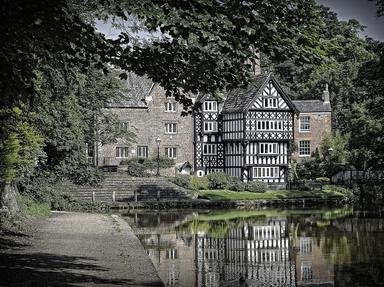Quiz Answer Key and Fun Facts
1. Spanish princess
2. Daughter was Mary
3. Married almost 24 years
4. Dowager Princess of Wales
5. Served as Regent of England
6. Queen Consort
7. Marriage annulled
8. Originally betrothed to another
9. Died in England
10. German princess
11. Outlived Henry and the other wives
12. Married 6 months
13. Had no romantic chemistry
14. King's Beloved Sister
Source: Author
ponycargirl
This quiz was reviewed by FunTrivia editor
gtho4 before going online.
Any errors found in FunTrivia content are routinely corrected through our feedback system.
